The Swedish farmer who halved his greenhouse gas emissions by ditching dairy for oats
Cutting out the ‘middle cow’ also allowed Adam Arnesson’s farm to produce more food for more people and become more profitable than ever before. But friends, family and other farmers weren’t always on board. A healthier planet, he tells Andy Martin, is made of small steps, not revolutions

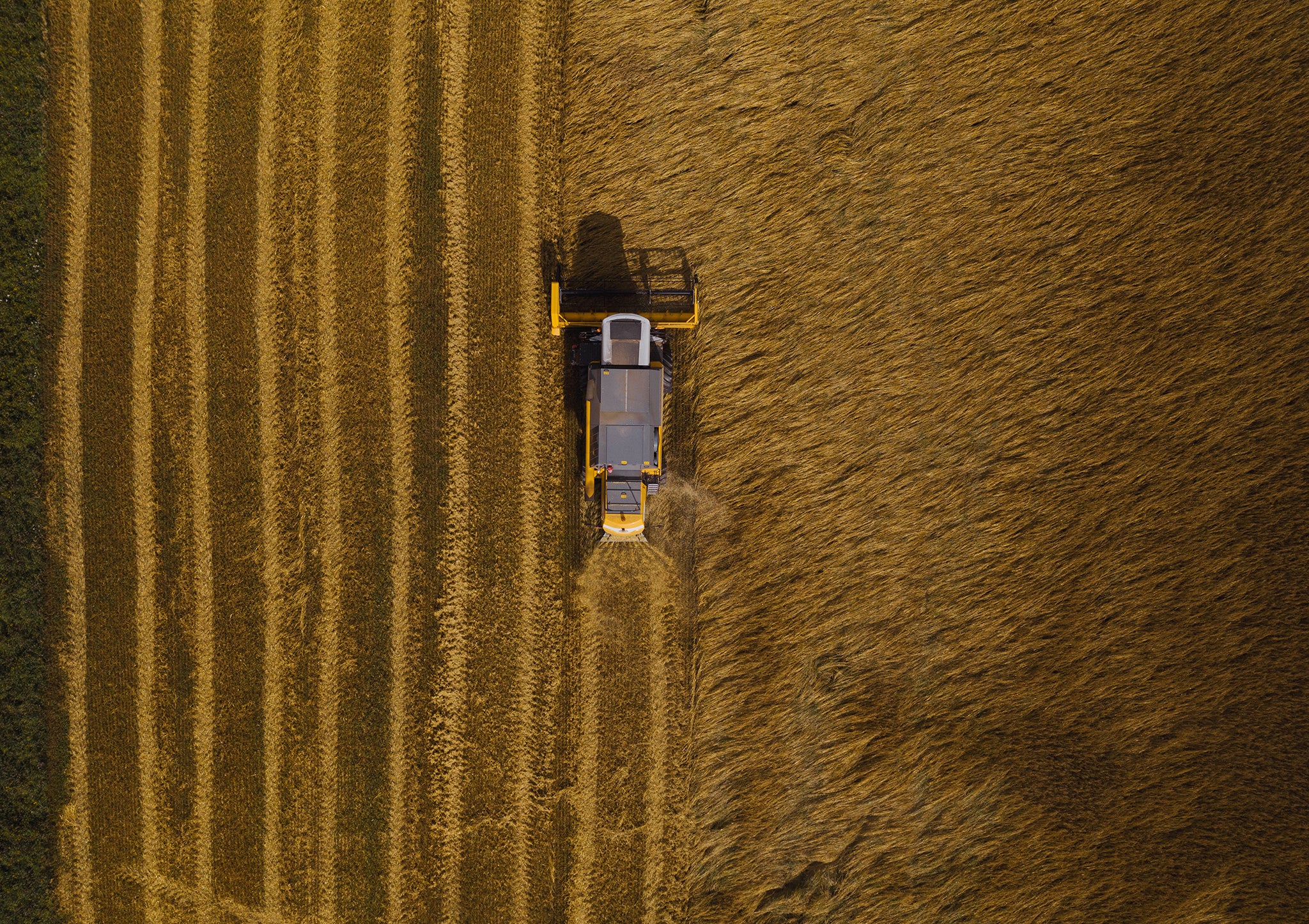
Nobody knows where the old Garden of Eden was. But the new Eden is in the middle of Sweden, amid forests, farmhouses, hills and lakes, two-and-a-half hours by road west of Stockholm. It isn’t exactly paradise, but it certainly comes close – and you get to drive a tractor.
The owner, Adam Arnesson, could do for farming what Greta Thunberg is doing for climate change. As I sit in the sun under a clear blue sky, on the terrace at the back of his wooden farmhouse, painted in the traditional deep red colour falu (laced with a pigment dug out of a copper mine), and gaze around at his fertile lands – a robot lawnmower is buzzing away placidly doing the mowing – I get to wondering if it isn’t too late to stop being a journalist and become a farmer instead.
The ironic thing is that Arnesson didn’t even set out to be a farmer. He thought he might do something with computers. “I didn’t know what I was going to do,” he says, serving up a pot of coffee and a plateful of chocolate. “But I knew that I didn’t want to be a farmer. You go to these meetings and you read the farming magazines and it’s depressing. Nothing but crisis. No future for young people.”
But then he had an epiphany, when, aged 16, he came home one day to the farm where he was born in 1990 and realised it was no longer the farm he remembered growing up. His parents, Thomas and Berit, had more or less stopped farming. “Our land had started to deteriorate,” he says. “It was losing its diversity, the birds and butterflies were leaving and the forest was closing in. And I thought: I ought to take care of this land.”
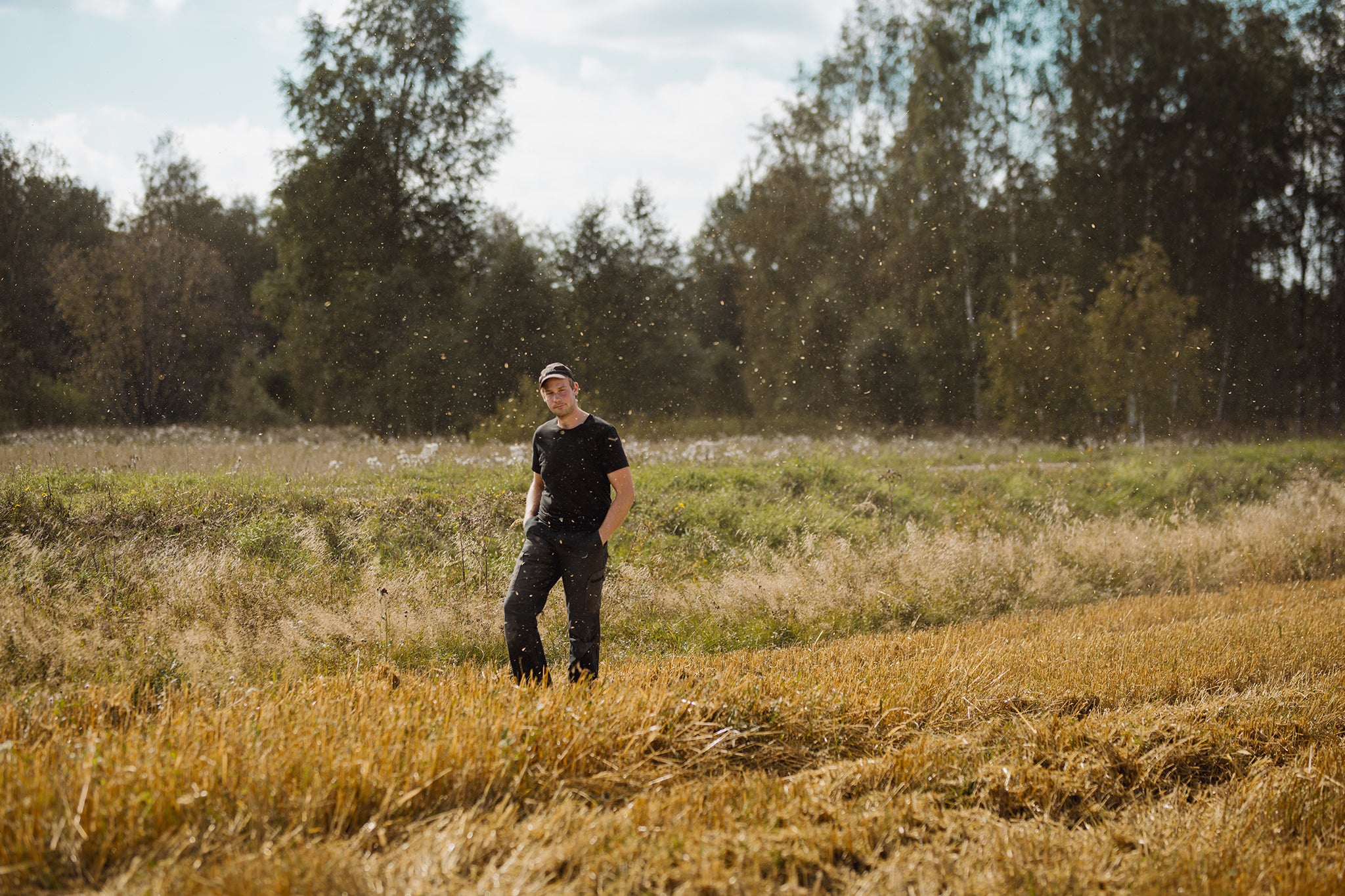
Arnesson left to study farming for three years at the Swedish Agricultural University. During his degree he started selling some of his farm products on Twitter. But the real revolution at the farm came in 2015, when he got in contact with Oatly, the Swedish plant-based milk company. There was a war going on at the time. The Milk War.
The Swedish Dairy Federation was suing Oatly for daring to describe their product as “milk”. Milk comes from cows, they said, not oats. Technically, they won the case, but Oatly won a moral, strategic victory in getting their case for more sustainable farming in the public arena. And they acquired a new campaign slogan: “It’s like milk but made for humans.” They also angered traditional farmers, who felt under threat. Arnesson thought Oatly was “provocative”, but that they were right to be. So much so, he tweeted: “If I was a dairy farmer with bad economy I would call up Oatly offering to plant all my land with Swedish high quality oats.”
Furious fellow farmers shot back, “Why don’t YOU?!” So that’s what he did. It was the beginning of a beautiful friendship, a meeting of minds, ethics, environmentalism, and capitalism, blended all together with vegan milk. Oat cuisine, Swedish-style. The joy of porridge.
I wanted to create a more sustainable farm. My idea was that it was the same on the global scale. So that if everyone was to take small steps it would make a big difference
Arnesson’s grandparents started subsistence farming here, in Jannelunds Gård, outside Örebro, in 1960. It started as a dairy farm then became beef before going fully organic in 1995, acquiring the KRAV label from the Swedish soil association. Arnesson has turned the farm around to put the emphasis on cereals and pulses, but especially oats. “You have to start with where you are at – that’s all you can do.” A healthier planet, he argues, is built up gradually out of small incremental steps rather than born of a revolution.
He is completely non-evangelical but is all the more persuasive for it. He lets the farm do most of the talking. And the soil. If you look at soil that is conventionally farmed with chemical fertiliser with the same plants all the same height, “it’s just brown” (as he puts it neatly). Whereas real soil is pulsing with life and insects. Arnesson doesn’t mind getting his hands dirty, but it has to be good dirt.
“My parents were very sceptical at first,” says Arnesson. “But then they saw that it worked.” When he first got in touch with Oatly, other Swedish farmers – and the farming press in Sweden – feared Oatly. “When you criticise another farmer, it’s seen as a lack of solidarity. But I liked Oatly. They were asking ethical questions about what we were doing.”
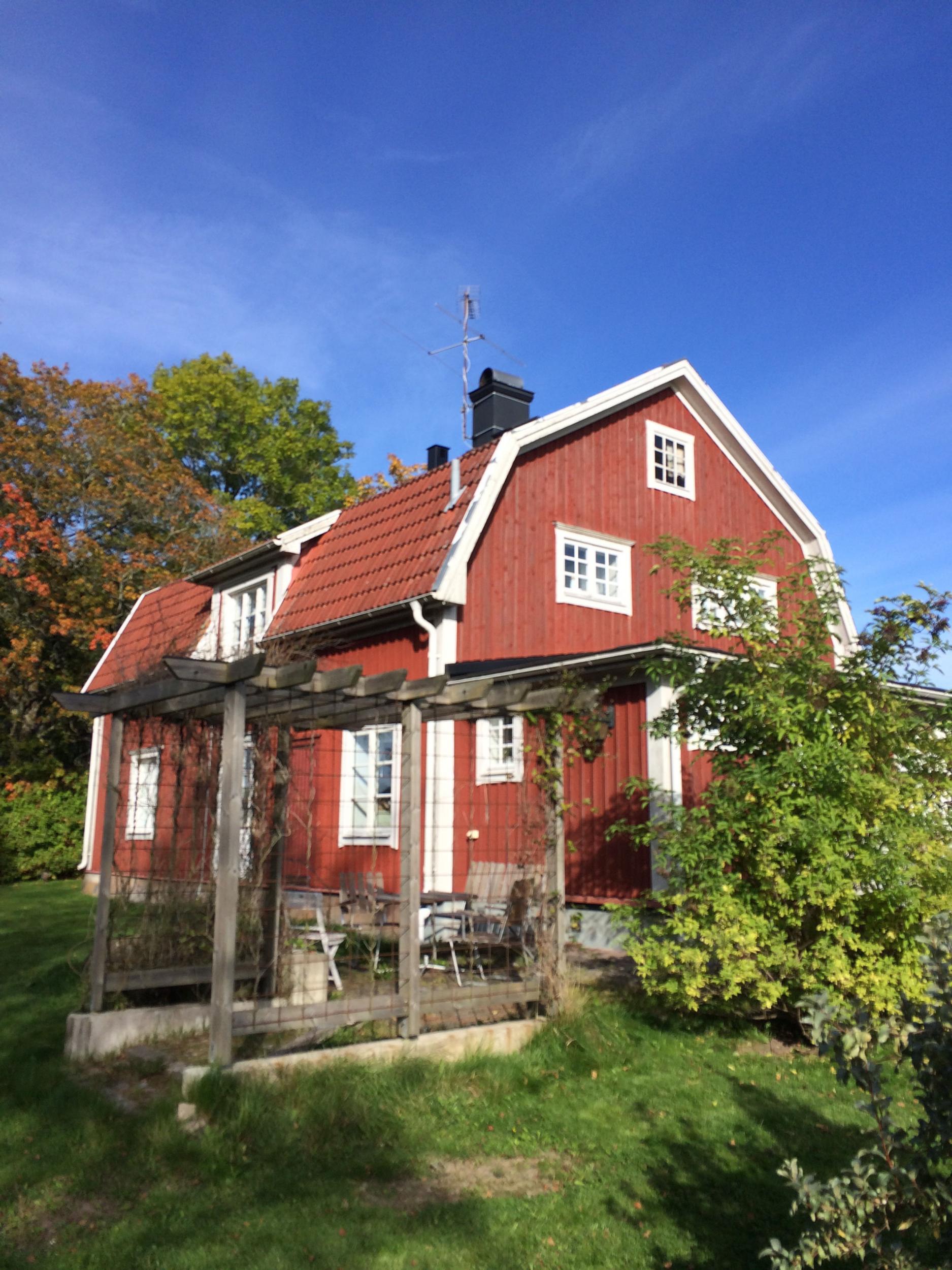
Arnesson emailed Oatly in May 2015, saying that it would be “fun” to try and make the “transition” away from dairy and towards plant-based. He was, he said, “solution-focused”. Carina Tollmar, director of sustainability at Oatly, replied the following morning, saying: “We have not been as concrete as you are in your thinking, and it would be really interesting to talk to you.” They spoke on the phone and set up a meeting with Toni Petersson, the CEO, in Stockholm shortly after, and the rest is history. Arnesson’s farm sells oats direct to Oatly and they turn those oats – using natural enzymes – into milk, yoghurt, ice cream and other good things.
To put my own cards on the table, I am a fan of Oatly, but will try not to shove it down anyone’s throat (having said that, I sampled the Oatly “cold brew latte” in a can – 100 per cent vegan – and, in my opinion, it’s better than the non-vegan kind). It seems obvious that cows’ milk really ought to be reserved for baby cows. Lactose-intolerance is normal.
Arnesson collaborated with Swedish Agricultural University food production scientist Dr Elin Röös (also associated with the Food Climate Research Network at Oxford University). She did the theory – calculations about climate, emissions, biodiversity – and Arnesson put it all into practice. “I wanted to create a more sustainable farm,” he says. He could see that a lot of energy was going into the farm but only a small amount of food was coming out. “My idea was that it was the same on the global scale. So that if everyone was to take small steps it would make a big difference.”
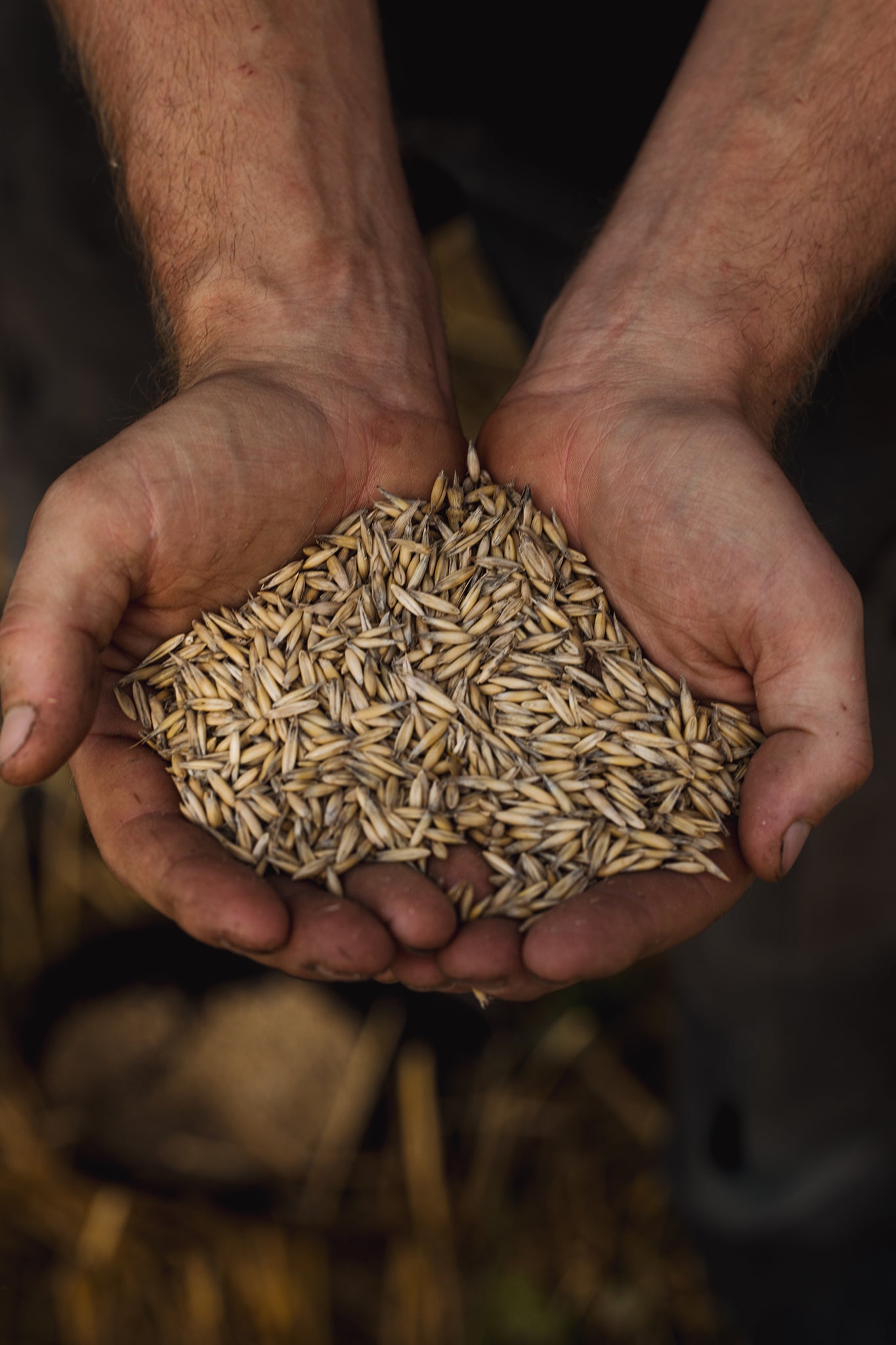
His simple step was to decrease the dependency of the farm on animals and increase “human food”, cutting out the middle cow. “We could have more cows, more sheep. That’s what most farmers are doing all over the world. But I didn’t want to create a factory.” At the more industrial end of farming, the three biggest meat producers are now producing more CO2 than the whole of France and nearly as much as oil companies, according to a recent report.
Arnesson started growing not just oats for Oatly, but rye for a local bakery, the Swedish grey pea (like chickpeas but grey), buckwheat, barley, alpine lentils and sunflower seeds. The effect was immediate. “When we started out we could support 60 people with our food in one year [in terms of sheer calories]. In the following year, we could support nearly 200.” Greenhouse gas emissions were cut in half (Röös reckons the average diet of a single Swede produces two metric tons of CO2 per year; Arnesson brought it down to 0.72 of a ton). Moreover, the farm was more profitable than ever before and expanded to cover 100 hectares (250 acres). Thus proving that “ethical capitalism” is not a total oxymoron.
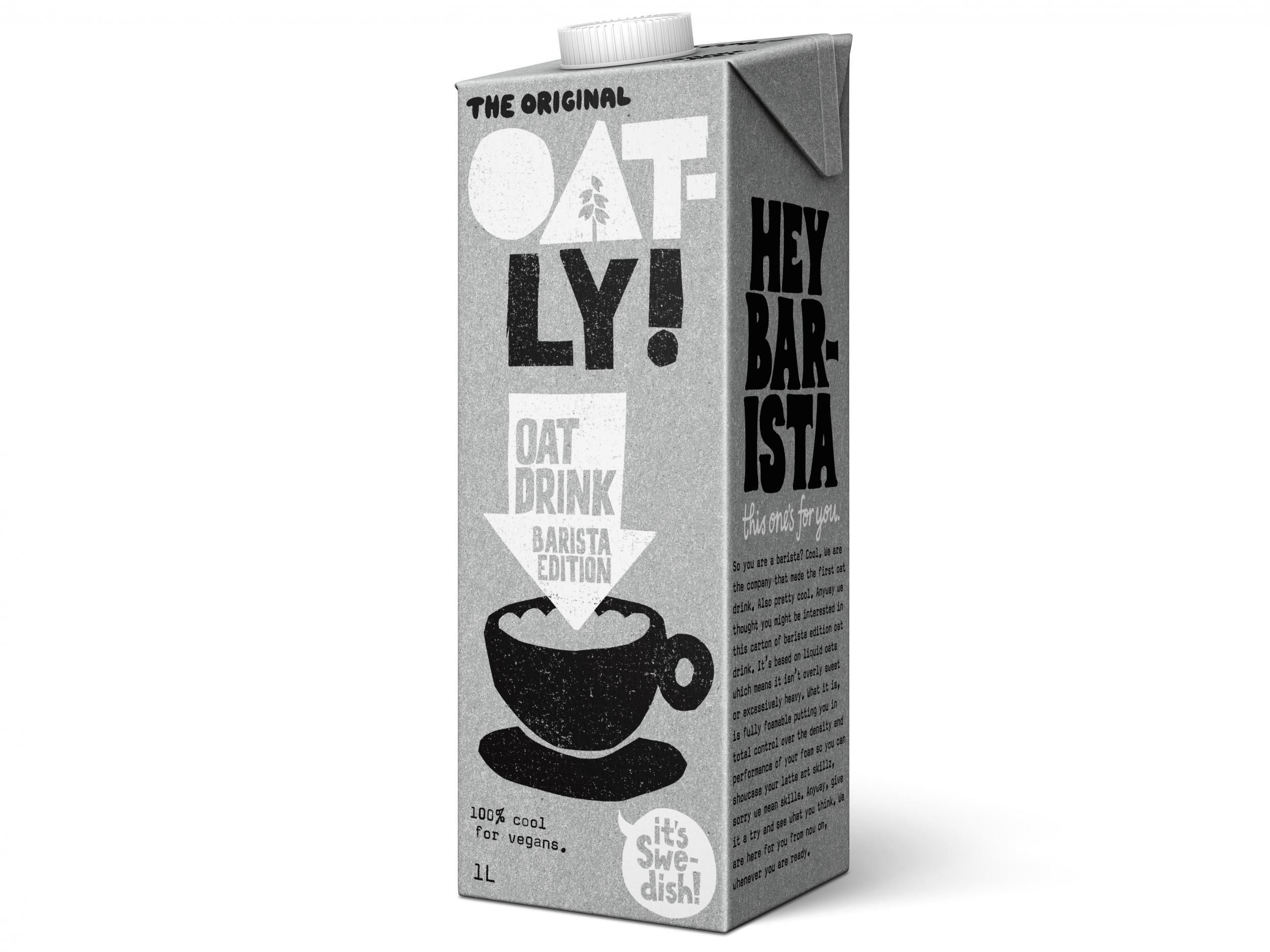
This year has been their best yet, partly blessed by a good summer, with the right mix of sun and rain and not too hot. “You can actually see the difference,” says Arnesson. “It’s not all about numbers and charts. The birds and the butterflies are back.” The other great thing, as Arnesson points out, is “I don’t have to get up quite so early in the morning to milk the cows.” Oats don’t need milking.
Just as you can have heirloom tomatoes, so too you can have heirloom oats. Arnesson has specialised in ancient varieties (drawn from NordGen, which stores genetic material from agricultural plants and animals) that traditionally have done well in Sweden. “Sun oats” are a very tall, very yellow plant growing to 1.5 or 1.6 metres tall (over 5 feet). “Naked oats” have no husk. I know. I pick up a few grains from the great vat where they are stored and have a good chew: sweet and nutty.
Arnesson is hoping to get Oatly to produce a special line of Naked Oatly. “The old varieties used to handle the heat better,” he says. “They have more leaves to compete with wheat. And they have better root systems. Without fertiliser the roots go deeper in search of nutrients. Fertiliser only sits on the topsoil.” He gives a shoutout to Hodmedod’s in the UK for doing something similar. They are part of a network of like-minded, progressive, eco-aware farmers.
You can actually see the difference. It’s not all about numbers and charts. The birds and the butterflies are back. I don’t have to get up quite so early in the morning to milk the cows
Vegans and vegetarians may be disappointed to learn that Arnesson is neither. He eats meat once or twice a week. “Animals have their place here,” he insists. He takes me to meet the pigs. Big old Herman the boar is in a field on his own. But Annie (four years old) and Reidun (an old Swedish name) and their brood are being very sociable. They come running up to us and try to nibble my boots and turn over so I can stroke their bellies. They look to me like very contented, cheerful pigs. As Arnesson says, he has “high animal welfare values: they mustn’t be in a big barn where they never see the light”. He has personally bottlefed one of the piglets. But the fact is that some of the young ones, when they turn two, will become bacon and sausages.
“They have a purpose here,” says Arnesson. “They’re not just meat. Their main role is to kill the grass and to fertilise the soil.” A year from now the field I am standing in communing with the pigs will be given over to oats. But I also have the impression that Arnesson feels that a farm wouldn’t be complete – or sufficiently bio-diverse – without its fair (but very reduced) share of cows, pigs, sheep and hens. He quotes the Danish philosopher Søren Kierkegaard: “I’d rather be a swineherd in Amagerbro and understood by pigs than a poet and misunderstood by people.”
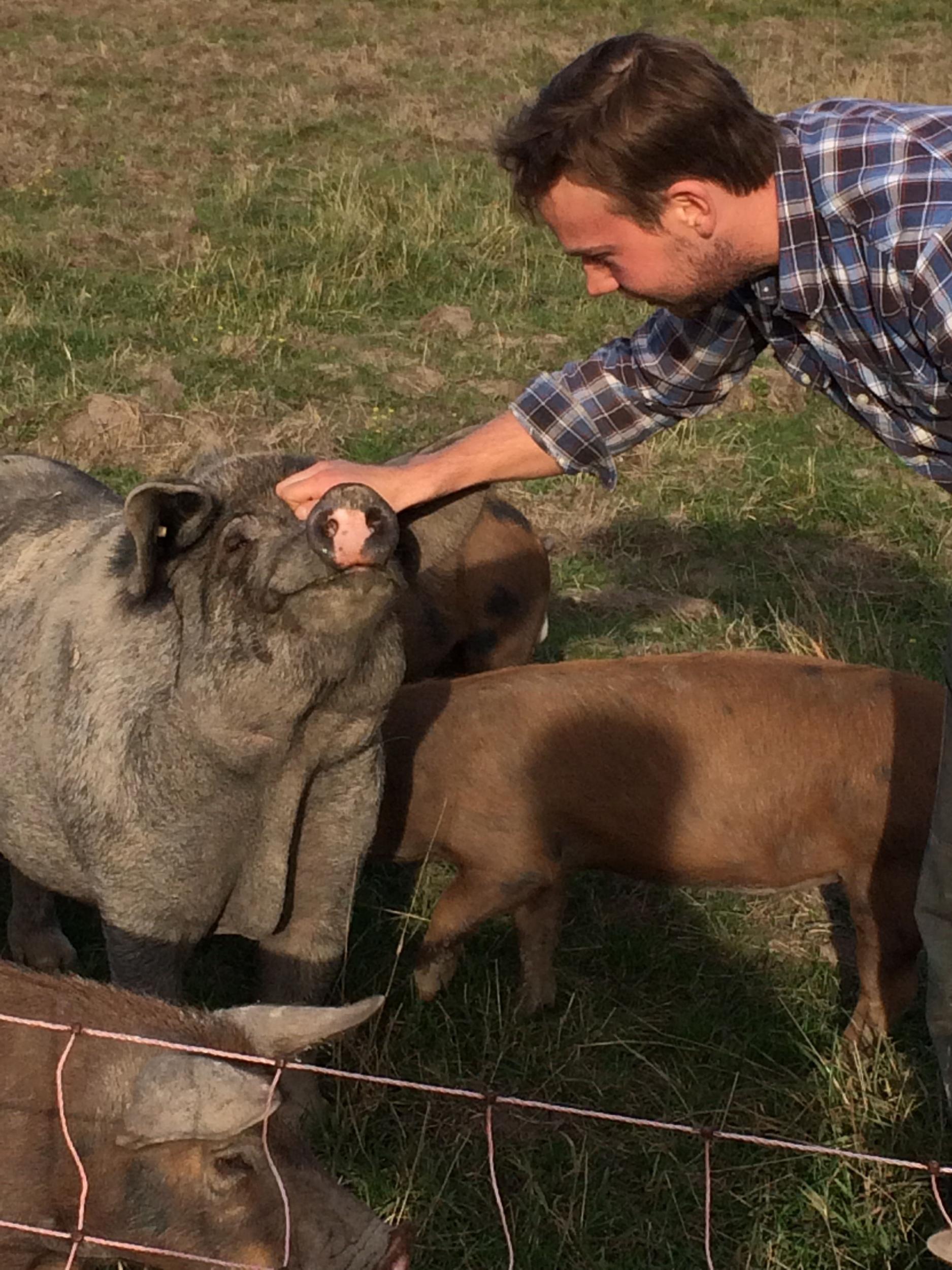
Arnesson is a philosopher of farming, the Obama of agriculture. He may have pushed back the forest but he still finds room for plenty of trees on his farm. He tries to include everyone in his vision and not set up one camp against another. He is pro-oats but not to the exclusion of all else. He disapproves of monoculture. It’s a rainbow approach to agriculture, something he shares in common with Oatly. CEO of Oatly Petersson isn’t vegan either. Neither is Michael Lee, their creative director. “We can’t just appeal to urban hipsters and yoga bunnies,” he says. “Even if you’re the biggest BBQ guy in the world, and you have steak for breakfast, it still makes a difference if you want to put plant-based milk in your coffee.”
There is a distinctively Swedish style at work here. Swedes tend to work against the classic stereotypes of being tall and blond and Viking. They tend to focus on being sensible and moderate and accommodating. They are the opposite of hardline and dogmatic. But they also follow the science of climate change. The figures vary, but they don’t lie. In the UK alone, plant-based milk produces somewhere between 70 and 75 per cent less CO2 than dairy. If you want to do something to improve the planet and make a dent in climate change, all you have to do is drink less cows’ milk and eat less meat. It’s actually pretty easy. And it’s working: Oatly has seen an annual growth of over 30 per cent over the past five years. People drank 3 million litres of oat milk in 2001; last year it was 81 million.
“We eat two or three times a day and we choose every time,” says Arnesson. “Everyone has the power to make a difference. In the end it comes down to the consumer. What farmers can do is limited by what consumers want and are prepared to pay for.” He doesn’t think farmers want to lock pigs up in a concrete jailhouse. “There is a better way.”
Other plant-based milks are available, but this vegetarian has a soft spot for Oatly’s style of laid-back non-advertising, which doesn’t really try to twist your arm but just gets you thinking. When I was in New York recently I noticed the following poster on the back of a bus: “The most popular oat milk ads are the ones that drive away and leave you alone.”
You can read the Oatly sustainability report here
Andy Martin is the author of ‘With Child: Lee Child and the Readers of Jack Reacher’, published by Polity
Join our commenting forum
Join thought-provoking conversations, follow other Independent readers and see their replies
Comments